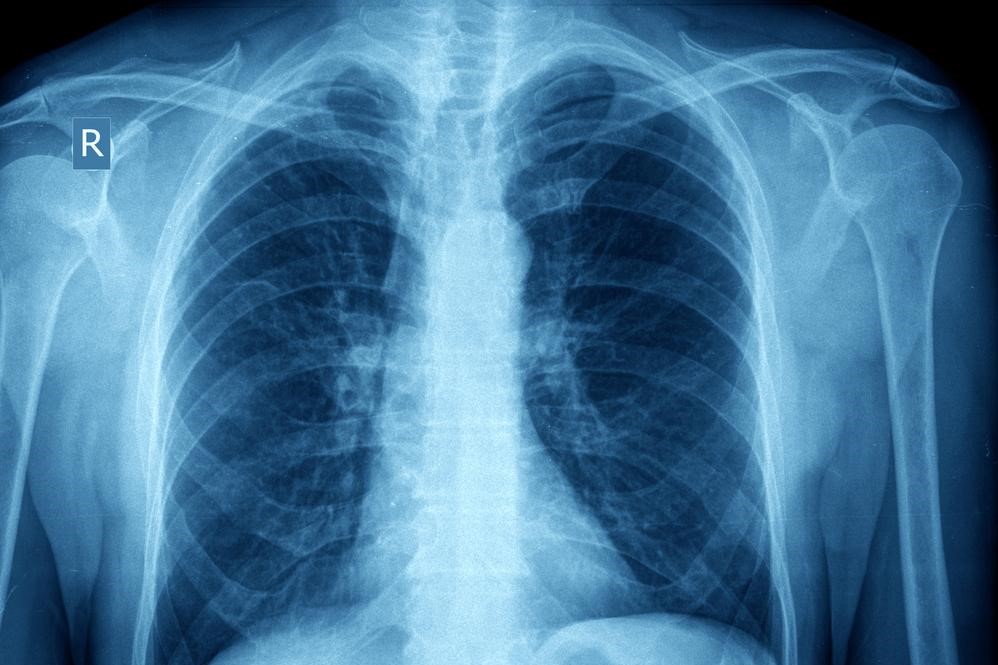Comprehensive Insights into the Causes and Risk Factors of Sarcoidosis
This comprehensive article delves into the primary causes, genetic factors, environmental triggers, and demographic risks associated with sarcoidosis. It emphasizes the importance of understanding susceptibility to facilitate early diagnosis and effective management of this complex inflammatory disease, highlighting practical strategies for risk reduction and current research advances.

An In-Depth Exploration of the Primary Causes and Risk Factors Associated with Sarcoidosis
Sarcoidosis is a multifaceted inflammatory condition characterized by the formation of granulomas—small clusters of inflammatory cells—that can develop in various organs. While clinicians and researchers have long recognized its complexity, understanding the root causes remains a challenge. The precise etiology of sarcoidosis is still unknown, yet it is believed that a combination of genetic predispositions and environmental exposures plays a vital role in its development. This article provides a detailed overview of the key causes, risk factors, and the underlying mechanisms that may contribute to the onset of sarcoidosis, aiming to enhance understanding and facilitate early detection.
Genetic Predisposition and Immune System Activation
Scientific studies have highlighted that genetics significantly influence an individual's susceptibility to sarcoidosis. Certain inherited traits can make a person more vulnerable by affecting immune regulation and inflammatory responses. Family history is a notable risk factor; individuals with relatives diagnosed with sarcoidosis exhibit a higher likelihood of developing the disease themselves. Researchers believe that specific gene variations, particularly those involved in immune function, may predispose certain individuals to abnormal immune responses when exposed to environmental stimuli.
Furthermore, it is hypothesized that sarcoidosis results from an exaggerated immune response to otherwise harmless external agents. Environmental factors such as viruses, bacterial infections, or chemical exposures might trigger immune activation in genetically susceptible persons, leading to the development of granulomas. These triggers might include common infectious agents or occupational exposures, emphasizing the importance of understanding environmental risks in disease prevention.
Environmental and Occupational Factors Contributing to Sarcoidosis
While genetic predisposition sets the stage, environmental and occupational exposures often act as catalysts. Individuals exposed to airborne irritants like dust, mold, or chemicals—common in certain workplaces or living environments—may face an increased risk. For example, exposure to certain dust particles, mold spores, or chemicals such as pesticides and solvents can aggravate internal immune responses, especially in susceptible individuals.
Studies indicate that individuals working in environments with high dust or chemical levels, such as construction sites, farms, or factories, are at an elevated risk. Inhalation of these particles can lead to an inflammatory reaction in the lungs, potentially triggering sarcoidosis. Moreover, living in damp or mold-infested areas can also heighten risk, as mold exposure has been linked to respiratory and immune-related issues, including sarcoidosis.
Demographic Factors: Age, Gender, and Ethnicity
Demographics play a crucial role in the epidemiology of sarcoidosis. The disease most commonly affects young adults between the ages of 20 and 40, although cases can occur at any age. Women are slightly more susceptible than men, possibly due to differences in immune responses or hormonal influences.
Ethnic background significantly impacts disease prevalence and severity. African-American populations experience higher incidence rates and tend to develop more severe disease manifestations, including increased lung involvement and higher recurrence rates. Scandinavian populations, such as Swedes and Finns, also show a higher prevalence, often presenting with lung and lymph node involvement.
In terms of specific organ involvement, skin lumps are more frequently observed among Northern Europeans, while Japanese individuals exhibit a higher probability of cardiac sarcoidosis, which can lead to serious heart complications. Such variances emphasize the potential genetic and environmental interplay influencing disease patterns across diverse populations.
Additional Risk Factors and Environmental Considerations
Other factors that may contribute to the risk of sarcoidosis include exposure to dusty or moldy environments, which can provoke or exacerbate immune responses. Environmental conditions, combined with individual susceptibility, determine disease onset and progression. Additionally, certain lifestyle factors, such as smoking or underlying health conditions, might influence individual risk, although current evidence remains inconclusive.
Conclusion: Navigating the Challenges of Sarcoidosis
Because sarcoidosis remains a complex disease with no definitive cause or cure, awareness of its risk factors is essential for early detection and management. While genetic predisposition underscores the importance of family history, environmental exposures highlight the need for protective measures in occupational and living environments. Recognizing demographic patterns can aid healthcare providers in risk assessment and timely diagnosis, ultimately helping to prevent severe organ damage and improve patient outcomes.
Advancements in research continue to shed light on the disease mechanisms, offering hope for future targeted therapies. In the meantime, managing symptoms effectively and minimizing exposure risks remain cornerstones of sarcoidosis care. Individuals at higher risk should stay vigilant and seek medical attention if symptoms arise, ensuring better health management and quality of life.





